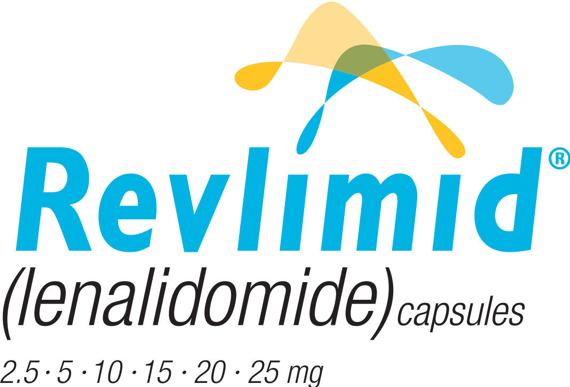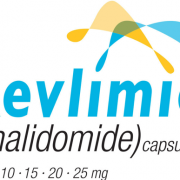If you’re looking for a biotech stock that just relentlessly grinds up every day, Celgene Corporation (CELG) has to be at the top of your list, one of the most dominant players in the industry today.
Thanks to its $74 billion merger with Bristol-Myers Squibb (BMY), the combined companies are expected to push out Amgen in the top spot by 2020. Perhaps a positive indicator that things are looking up is the 50.9% rise in Celgene stock this year.
While the deal with Bristol has been predictably riddled with setbacks and delays, the sale of blockbuster arthritis drug Otezla to Amgen last month over antitrust concerns has finally pushed the merger forward.
While waiting for the merger with (BMY) to be finalized by the end of 2019, Celgene has been busy coming up with ways to attract more investors.
One of the exciting efforts of the biotech giant is its recent collaboration with Immatics Biotechnologies. Celgene joins GlaxoSmithKline (GSK) in the T-cell treatment market. With these two behemoths providing resources for this field, researchers are hopeful that a breakthrough drug will be discovered soon.
This partnership with Immatics saw Celgene shell out $75 million to gain access to three of the smaller firm’s anti-cancer adoptive cell therapies. With Immatics’ focus on T-cell treatments, the collaboration with Immatics will provide Celgene a wider pool of candidates for their solid tumor programs.
Aside from the $75 million upfront payment, Immatics will also receive $505 million in milestone payments for every licensed drug if Celgene decides to exercise the option. That means Celgene will have the opportunity to pay for the full or partial rights on selected assets developed from the T-cell therapies.
Ideally, Immatics would earn over $1.5 billion from the collaboration plus tiered royalties on net profits. As for Celgene, the biotech company will share the rewards with Bristol-Myers.
This collaboration marks the biggest upfront payment received by Immatics since its creation in 2000. The company, which is a spinoff of Germany’s University of Tübingen, adds Celgene to its growing number of partners including Amgen (AMGN), Roche Holding Ltd.(RHHBY), Genussscheine (ROG), Genmab (GMAB), and Morphosys (MOR).
The Munich company’s work on adoptive cell treatments and bispecific antibodies also generated interest from the cancer center of the University of Texas.
Since its creation, Immatics has managed to raise $220 million in venture capital plus roughly $130 million in non-dilutive funding. The Celgene deal puts the company’s total capital at $420 million.
So far, Celgene has reported three quarters of consistently accelerating earnings per share increase and a quarter of notable sales growth. However, the Bristol-Myers deal has yet to be completed. More importantly, some blockbuster products face uncertain futures due to rival copycats.
One major factor contributing to the doubts surrounding the company’s future is the recent sale of Otezla. Since this drug has been Celgene’s major moneymaker for years, it remains to be seen how the company will cope with its loss.
Aside from Otezla, another Celgene blockbuster facing pressure is blood cancer treatment Revlimid. While the multiple myeloma drug reported an 11.4% jump in its second quarter sales this year, the company has yet to fully safeguard it from the patent challenges aiming to end its reign in the market.
While the effects of the Immatics collaboration and the recent developments on the Bristol-Myers merger have yet to concretely manifest themselves, Celgene is expected to display strength when the next earnings release of 2019 draws nearer.
In the third quarter report, the company is projected to post an earnings per share of $2.73. This would indicate a 19.21% year-over-year increase. Meanwhile, its earnings per share for the full year of 2019 is expected to rise by over 23% to reach $10.91. As for its revenue, Celgene is estimated to earn $17.44 billion this year, marking a 14.11% rise from 2018.
In terms of its merger with Bristol-Myers, the two pharmaceutical giants are anticipated to have a combined total of 10 drugs already in the late-stage testing phase and six drugs ready to be released soon.
Additionally, the companies disclosed that they have roughly 50 drugs slated for early and mid-stage testing. Among those, 21 are reported to be focused on oncology treatments.
Buy Celgene on the next 5% dip in the shares. It seems to be on a tear.



